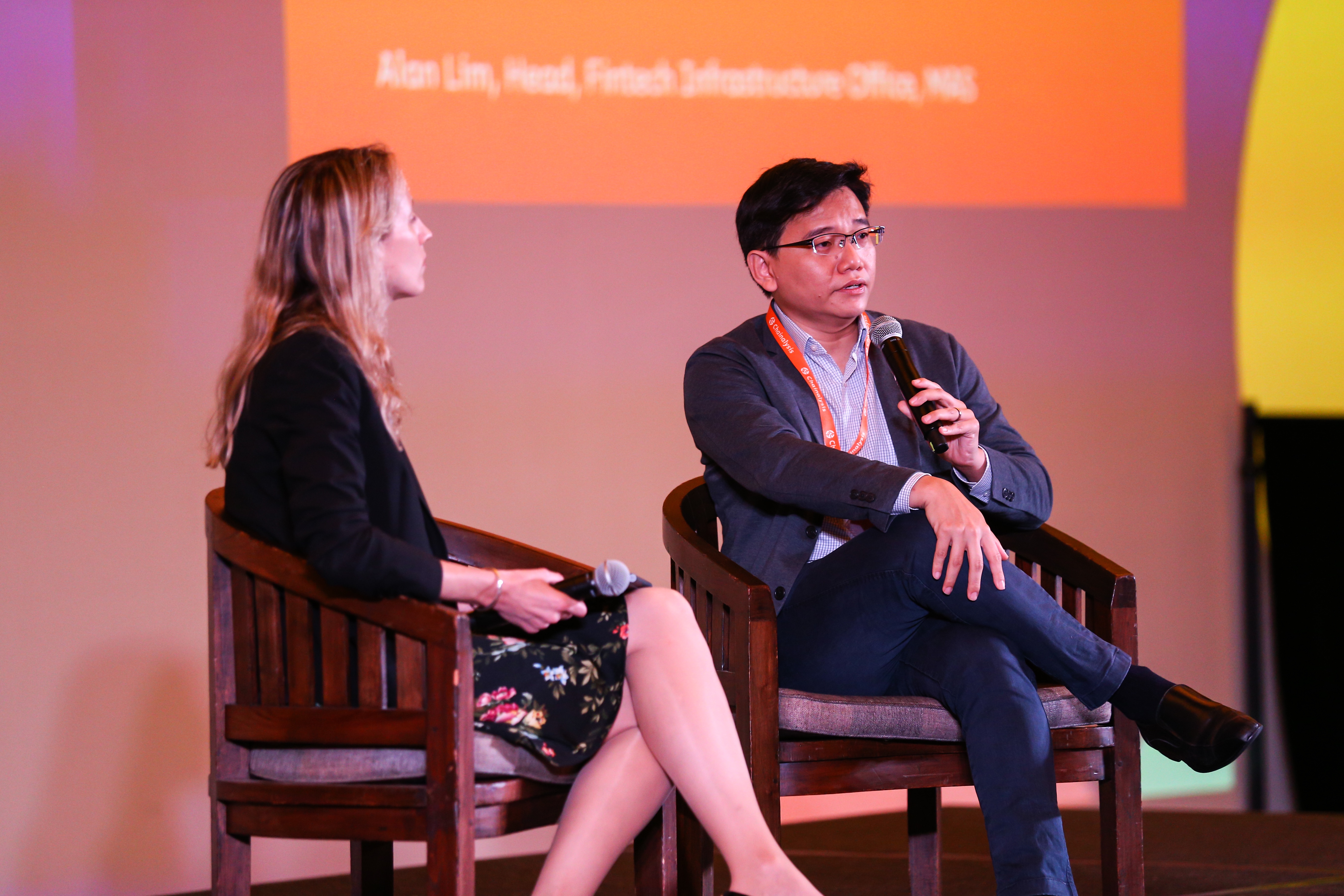Table of Contents
Previously touted as a “crypto hub,” Singapore has lost some of its allure as a crypto-friendly nation, with many leading companies in the industry growing wary of the tightening regulations in the city-state and establishing themselves in Dubai instead.
However, Singapore’s approach to crypto regulation appears to be a multi-layered one, and its current efforts to bridge the traditional and decentralised finance worlds could create a safer and more accountable landscape.
At the recent Chainalysis Links event in Singapore on Thursday, Alan Lim, Monetary Authority of Singapore (MAS) head of fintech infrastructure office, reaffirmed the central bank’s cautious stance on crypto and provided an overview of the country’s expectations for the industry.

“We don’t view that it is a meaningful form of currency…just because of the volatility and the inherent risks of some of these cryptocurrencies. We don’t think that it’s suitable as an investment asset for retail investors”, Lim said, when asked about how the MAS approaches digital assets.
However, Lim noted that it’s a “different conversation” when it comes to assets that support the “real” economy such as crypto assets backed by securities, echoing the sentiment of MAS chief fintech officer Sopnendu Mohanty who recently said that Singapore has no reason to be friendly towards an “unreal” economy.

Lim also explained that there are three distinct layers when it comes approaching digital assets -infrastructure (e.g. private or public blockchains), assets, and activities. According to Lim, activities can either be classified as speculative investments, or activities that can benefit business transformation.
“We need to look at how and if some of these activities can lead to a better outcome for businesses”, he emphasised.
Interoperability between traditional and decentralized finance (DeFi)
Last week, the MAS announced the commencement of Project Guardian – a collaborative initiative with the financial industry that will explore the “economic potential” and “value-adding” use cases of asset tokenisation.
According to Lim, the future of finance is more “open and interoperable”, with greater user experience and efficiency in the financial systems – something that Project Guardian will provide a framework for.
One of the key focus areas of the initiative, as Lim explained, is the establishment of interoperability between traditional and decentralised finance.
“One way of looking at interoperability is a multi-chain world, bridges perhaps, but it’s also interoperability with the existing financial system”, he explained.
“Institutional-grade” DeFi
For Lim, the blockchain projects of today are “great” because they are open-sourced. However, they are lacking assurance for investors, which leaves room for something termed as “institutional-grade” DeFi protocols.
“There’s isn’t an existence of some form of certification and assurance that these protocols are actually working in the way that they’ve been advertised to work. There aren’t any controls or safeguards against market manipulation”, Lim said.

Lim pointed out that the first industry pilot under Project Guardian will explore potential DeFi applications in wholesale funding markets. It will be led by DBS Bank, JP Morgan and Marketnode, and involves the creation of a permissioned liquidity pool comprising tokenised bonds and deposits.
On the question of how decentralised DeFi really is and how it should be viewed from a regulator’s standpoint, Lim said that the issue of accountability should be considered over the centralisation vs decentralisation argument.
“I think it’s important to focus on the bigger picture – what are we doing to enable a world where finance is more accessible to the wider masses but done in a more efficient and safer manner. I think that’s a bigger goal that we need to achieve rather than have the conversation of decentralised or not,” he said.











